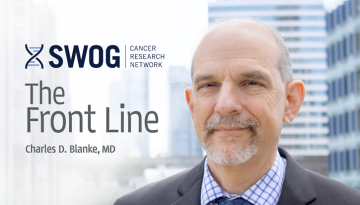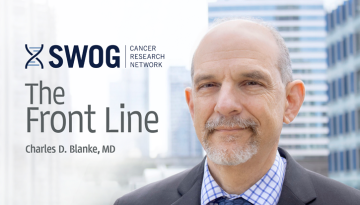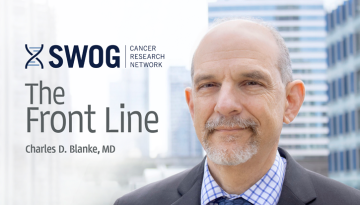Investing in Meetings Outside the Big Three
Let’s face it. When it comes to cancer research conferences, the ASCO, ESMO, and AACR annual meetings dominate. And for good reason. They draw the top experts and feature results from the biggest trials.
And if you want to network, these Big Three conferences are a great place to do it. Because EVERYONE is there. ASCO gets about 40,000 attendees each year – and nearly half come from outside the U.S. Last year, ESMO brought in nearly 24,000 attendees. This year, AACR brought in more than 22,000. At the Big Three, you also get a comprehensive view of the cancer research landscape. You can count on hearing the latest in basic science, drug approvals, policy directions, and trends in genomics, demographics, and data. And, you often get high level speeches not directly related to research results. For example, at both ASCO and AACR, you would have heard an address from the National Cancer Institute director. This year, Dr. Ned Sharpless gave his first-ever addresses at both meetings, outlining his vision for the four areas of the NCI where he believes we can accelerate progress: clinical trials, big data, basic science, and workforce training and development.
But, important work and communication occur elsewhere, particularly at specialty meetings. In fact, lots of smaller oncology research conferences are gaining steam. These allow for deeper dives and can encourage richer, focused conversations. I asked some of our SWOG committee chairs which smaller oncology meetings they like, and here are the responses received:
- Dr. Anthony Ribas: “AACR-NCIR-EORTC is a great meeting for early drug development and new strategies. For the melanoma committee, the Society for Melanoma Research (SMR) meeting is an important one.”
- Dr. Karen Kelly: “The World Conference on Lung Cancer is an annual, one-of-a-kind inclusive meeting that brings together all interested stakeholders (clinical, translational and basic researchers, nurses, patient advocates and industry) from all research areas (epidemiology, screening prevention, diagnostic and treatment) across all thoracic malignancies (lung cancer, mesothelioma, thymic carcinomas) from all nations. It is inspiring to see the global effort to combat these malignancies and gain global perspective that can enlighten our scientific endeavors from all dimensions and move us forward faster.”
- Dr. Mike Fisch: “I have attended the AAHPM annual meeting for palliative care content. ASCO side meetings (ASCO GI, lung, and palliative care) are good too. There are also the clinical trial workshops such as Vail (North America), Flims (Europe), ACORD (Asia-Pacific), and CREDO (India). Of course, these are not scientific conferences but training workshops for protocol development.”
- Dr. Lynne Henry: “I like the San Antonio Breast Cancer Symposium specifically because it is a nice focused meeting, much smaller than the general ASCO Annual Meeting, good for networking, and a nice mix of clinical and basic research.”
- Dr. Lajos Pusztai: “The most important breast cancer meeting outside of ASCO and ESMO and AACR is the San Antonio Breast Cancer Symposium, where many of the important clinical trials are introduced in the company of hearty TexMex food. A nice refuge from Northeast winters! Among the regular CMA conferences, I like the annual Miami Breast Conference because of its broad interdisciplinary nature. It is a good way for busy community oncologists to catch up with the latest in breast cancer management and research.”
- Dr. Ian Thompson: “The AUA is a very pragmatic meeting regarding advances in cancer research. While we think about research as generally being basic science discoveries and phase III clinical trials for new agents, we oftentimes forget that at least as many patients are treated surgically for their cancer as are treated with medication or radiation. As such, there are many pressing questions that must be answered regarding the optimal surgical approach, one that provides the greatest cancer cure while minimizing side effects. We also think quite a bit about quality of life issues as well as stewarding precious resources. As many as 25-30% of all presentations at the AUA meetings are related to either cancer or treating side effects related to cancer therapy.”
In oncology, like many professions, live (and dare I say it) in-person meetings are key. They’re the primary and earliest way to disseminate research results and change practice. They are also ideal for hatching new ideas. I want to thank all SWOG members – investigators, CRAs and nurses, advocates, statisticians, pharmacists, scientists – who attend and importantly present our results at all the cancer research meetings, big and small. Your participation guarantees our innovation and ability to help those touched by cancer.
Other Recent Stories



